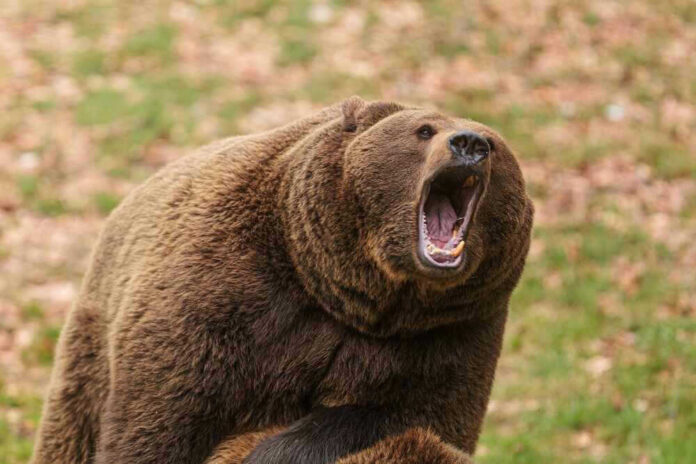
Arkansas authorities tracked down and killed a black bear suspected of fatally mauling a Missouri camper, marking the second deadly bear attack in the state within weeks after more than a century without such incidents.
Story Snapshot
- Max Thomas, 60, was found dead at an Arkansas campsite after sending family photos of a bear at his site.
- Second fatal bear attack in Arkansas in recent weeks, first confirmed attacks since 1892.
- Bear tracked using trail cameras and local hunters, killed pending DNA confirmation.
- The Arkansas bear population has recovered from near extinction to approximately 5,000 animals.
Fatal Attack Shocks Arkansas Wilderness Community
Max Thomas, a 60-year-old Missouri resident, was found dead at his campsite near Sam’s Throne in the Ozark National Forest on October 2, 2025. Newton County Sheriff’s deputies discovered Thomas’s body after his son reported losing contact with his father.
Evidence at the scene indicated a violent struggle and animal mauling. Thomas had sent his family photographs of a black bear at his campsite just two days before his death, providing crucial evidence for investigators tracking the suspected killer.
Sheriff Glenn Wheeler believes Thomas was breaking down his camp when the attack occurred. The victim’s own documentation of the bear’s presence proved instrumental in the subsequent manhunt.
Newton County authorities worked with the Arkansas Game and Fish Commission and local hunters to track the animal responsible for this unprecedented violence in the Arkansas wilderness areas.
Swift Law Enforcement Response Eliminates Threat
Arkansas authorities launched an intensive search operation using trail cameras and tracking hounds to locate the suspected killer bear. On October 5, three days after discovering Thomas’s body, officials spotted a male black bear matching the victim’s photographs on trail camera footage.
Local hunters and their hounds successfully tracked and cornered the animal, allowing authorities to eliminate the threat to public safety.
The bear was immediately transported to Little Rock for DNA testing to confirm its involvement in Thomas’s death. Arkansas Game and Fish Commission spokesperson Keith Stephens expressed confidence that authorities had located the correct animal based on photographic evidence and eyewitness accounts.
This swift response demonstrates proper wildlife management priorities when dangerous predators threaten law-abiding citizens enjoying America’s public lands.
Arkansas officials shot and killed a male black bear that they believe fatally mauled a 60-year-old Missouri man last week at his campsite in the Ozark National Forest, authorities said Monday. https://t.co/UOHH522pPm
— WAND TV News (@wandtvnews) October 7, 2025
Historic Pattern of Rare But Deadly Encounters
This incident represents the second fatal bear attack in Arkansas within recent weeks, following a September 2025 attack that killed a 72-year-old man in Franklin County. Prior to these attacks, the last confirmed fatal bear encounter in Arkansas occurred in 1892, making these incidents historically significant.
Don White Jr., a large mammal ecologist at the University of Arkansas at Monticello, emphasized that fatal bear attacks remain “exceedingly rare” despite the recent pattern.
Arkansas’s black bear population has recovered dramatically from near-extinction in the 1930s, when fewer than 50 animals remained. Reintroduction efforts in the 1950s and 1960s have restored the population to approximately 5,000 bears, though exact numbers remain uncertain.
This recovery has increased bear-human interactions in the Ozark and Ouachita mountains, raising legitimate concerns about balancing wildlife conservation with public safety for outdoor enthusiasts.
Sources:
Authorities shoot and kill black bear believed to have fatally mauled man in Arkansas



















